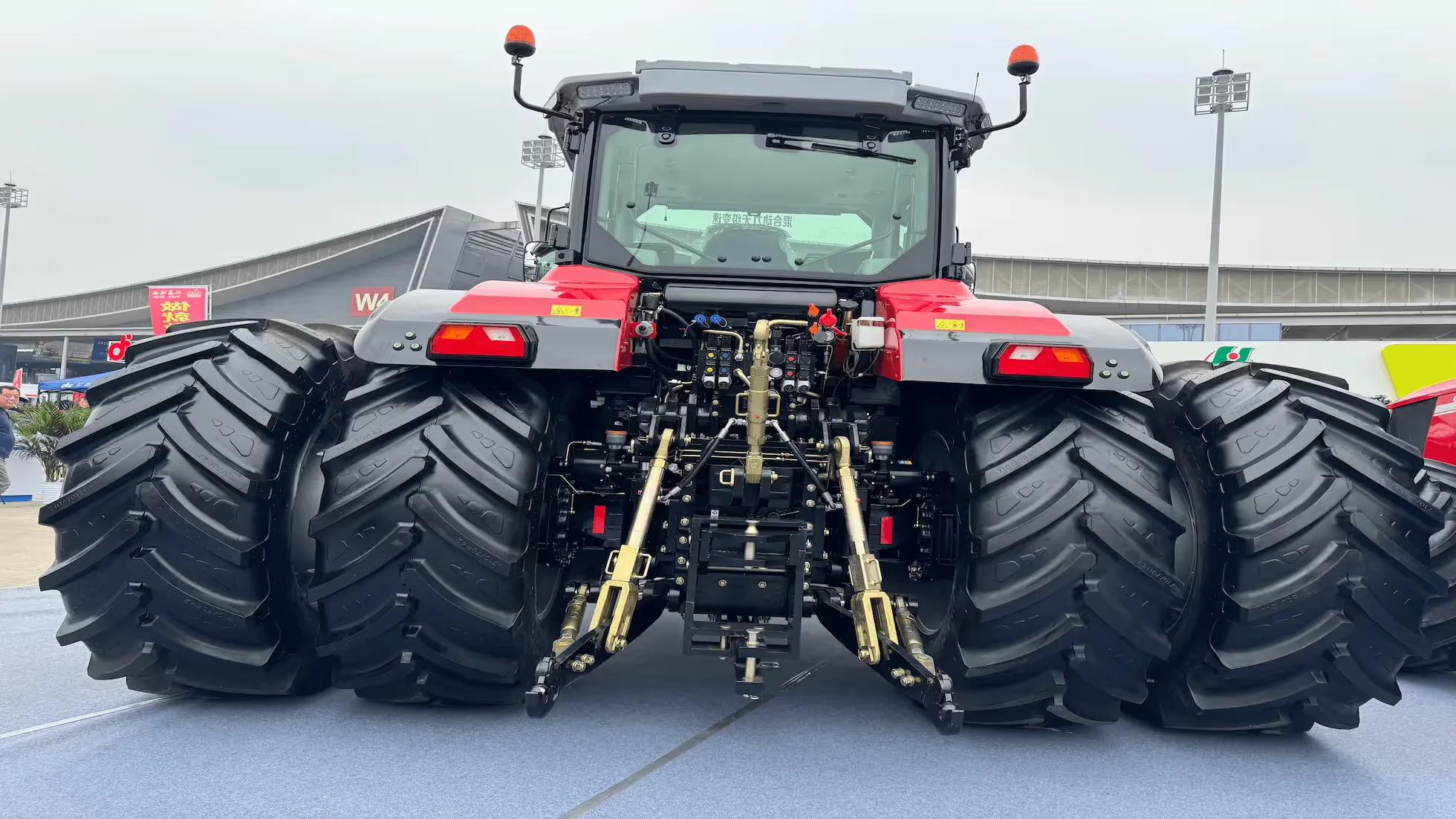Agricultural LED Industry Analysis Report

1. Agricultural LED
Compared to traditional agricultural lighting solutions, LEDs offer significantly improved energy efficiency, enabling breakthroughs in the cultivation of fruits and vegetables worldwide.
2. Current Development Status
LED applications in agricultural lighting are still in their infancy. However, intelligent lighting and precise light regulation are inevitable trends in modern facility agriculture. Using LEDs as artificial light sources for smart crop growth management has revolutionized traditional farming, which relied on nature. This transformation holds tremendous promise. According to statistics, there are currently over 80 LED agricultural lighting companies in China. Guangdong accounts for 82% of these, followed by Shandong with 9%, while other provinces host a few enterprises (2013 data).
3. Drivers of Industry Development
- Declining solar radiation due to the greenhouse effect, smog, and adverse weather conditions leading to unpredictable large-scale crop failures.
- Population growth paired with reduced arable land and clean water resources.
- The rise of modern urban agricultural forms, such as facility agriculture, vertical farming, and plant factories.
- Rapid advancements in LED semiconductor technology, improving radiation efficiency across multiple wavelengths while significantly reducing costs.
- Breakthroughs in photobiology, optimizing the interplay between spectral, quantitative, and environmental variables.
- Commercialization of IoT and mobile internet-based intelligent control technologies.
- Expansion of distributed solar-powered greenhouses and plant factories, opening new avenues for LED agricultural lighting systems.
4. Advantages of Agricultural LEDs
In agricultural lighting, LEDs have distinct advantages over traditional light sources:
- Monochromatic Light: LEDs emit monochromatic light, enabling tailored combinations of red, blue, and other spectra to meet specific plant needs, enhancing light energy absorption efficiency.
- Cold Light Source: As a cold light source, LEDs can illuminate plants closely without scorching leaves. Their compact size allows for customizable light panel designs, optimizing light utilization and land efficiency, ideal for dense cultivation systems in enclosed plant factories.
- Energy Efficiency and Longevity: LEDs are energy-efficient, environmentally friendly, and long-lasting, reducing labor costs for light source replacement and maintenance.
5. Application Areas
LEDs as plant lighting sources can be widely applied in greenhouses, plant factories, seedling farms, mushroom factories, plant protection, and livestock and aquaculture sectors.
- Greenhouse Supplemental Lighting: In facilities such as glass greenhouses and plastic tunnels, LEDs supplement natural light with custom light recipes, stabilizing and enhancing crop quality and yield.
- Plant Factories: As the pinnacle of facility horticulture, plant factories enable large-scale production of vegetables, seedlings (e.g., vegetable, rice, tobacco), and medicinal plants. With leaf vegetable production efficiency 108 times higher than open fields, plant factories operate continuously year-round, driving demand for advanced artificial light sources.
- Seedling Factories: In intensive seedling factories, artificial lighting during germination optimizes growth. LED lighting enhances plant density, shortens growth cycles, and improves plant health.
- Mushroom Factories: Mushroom factories rely on precise light quality rather than high light intensity. LED lighting systems are crucial for enhancing yield and quality, requiring frequent upgrades and advanced control systems.
- Plant Protection: LED insect trap lamps are vital for physical pest control, reducing pesticide usage and safeguarding ecological health.
- Livestock and Aquaculture: Studies show that green, blue, and combined light spectra significantly promote broiler chicken growth. In fish farming, LEDs sterilize bacteria, reducing disease incidence.
6. Development Process of LED Agricultural Lighting
Customized solutions are essential for LED plant lighting, with the following workflow:
- Understand Client Needs: Determine whether the goal is to increase yield, reduce energy consumption, or enable year-round production.
- Provide Light Recipes: Develop customized light recipes with plant experts to create ideal growth conditions.
- Production, Installation, and Application: Deliver tailored lighting solutions and installation designs.
- Follow-up Support: Plant experts and client managers provide regular maintenance and updates.
7. Challenges in Development
Technology and cost remain the two primary barriers to the large-scale application of LED lighting in agriculture.
Technological Challenges:
- Multidisciplinary Nature of Agricultural Lighting: Integrating plant and animal lighting involves fields such as botany, zoology, biostatistics, and illumination technology. Biology is particularly critical.
- Complexity of Agricultural Lighting: This encompasses diverse species, environmental variables (e.g., temperature, humidity, soil), and lighting variables (e.g., spectrum, intensity, duration, cycles).
- Experimental Challenges: Agricultural lighting experiments are resource-intensive, requiring extensive time, labor, and space. For example, an experiment on Dendrobium officinale in a single greenhouse with 153 LED lamps, 8 fluorescent lamps, and 644 samples took seven months and generated 20,000 data points.
- Diverse Evaluation Metrics: Indicators such as plant growth, sugar content, and chlorophyll levels complicate the research process.
LED agricultural lighting is a systemic and integrated optimization project, not merely a product of red and blue light chips. Achieving improvements in food quality, yield, and resource efficiency demands sophisticated solutions.
Cost Challenges:
High costs hinder the widespread adoption of LEDs in agriculture. Even in LED-focused nations like the Netherlands, Israel, and Japan, LED applications remain confined to high-value crops such as flowers, herbs, and leafy vegetables.
8. Research Initiatives by Country
- Japan: Launched the “Sixth Industrialization” initiative in 2009, incorporating LED and solar power in plant factories.
- South Korea: Invested 3 billion KRW (approx. 16 million RMB) in 2010 for IT-LED cultivation core components and technologies.
- United States: The USDA funded Purdue University with $4.88 million for a 4-year project to evaluate and enhance greenhouse LED applications.
- Netherlands: A leader in plant factory development, integrating LED lighting and remote automated monitoring systems.
- Taiwan: Established the Taiwan Plant Factory Industry Development Association in 2011, with key players like Epistar and Hon Hai collaborating on LED plant factories.
- China: In 2013, the National 863 Program allocated 46.11 million RMB for “Intelligent Plant Factory Production Technology Research,” addressing energy-efficient LED lighting, light-temperature coupling, and plant factory integration.


